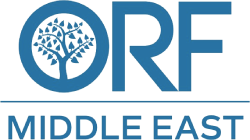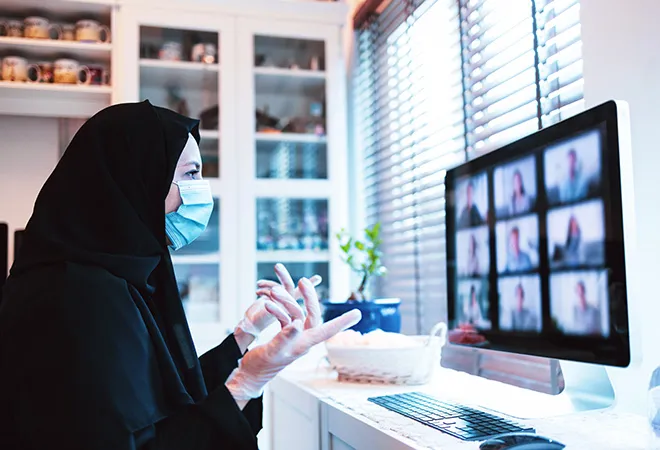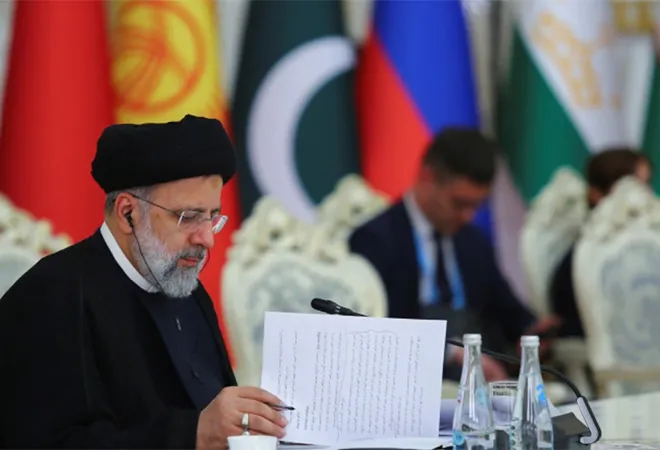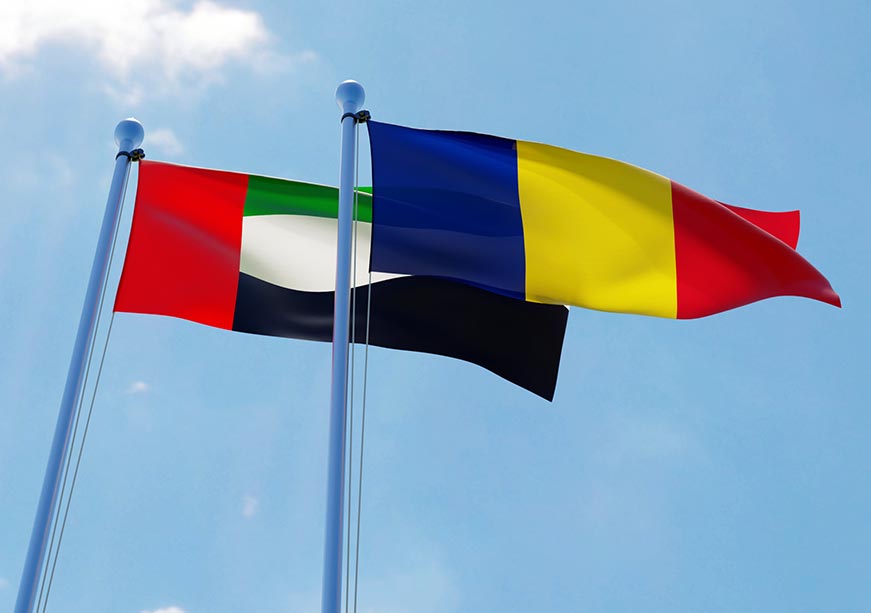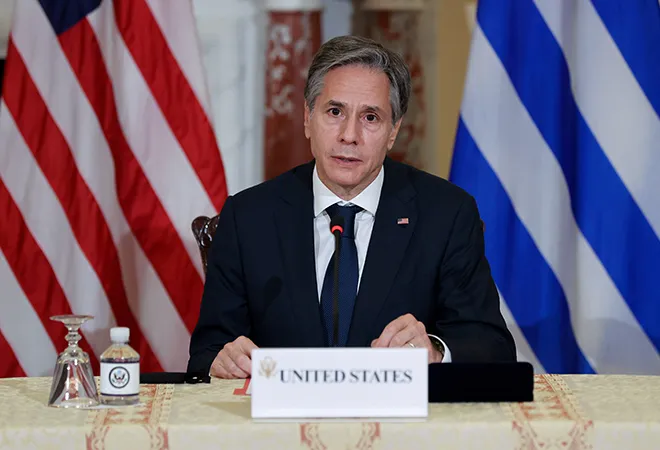In some markets in the Middle East we are already living the ‘new normal’. With the easing of restrictions and the gradual return to economic and social normalcy, it is a good time to reflect on the initial impact of COVID-19 on various aspects of our society and economy. According to PWC Middle East, April is likely to be the lowest point of the regional recession so far. The road to recovery is mirroring a ‘Nike-swoosh’ curve or an elongated U-curve, rather than the bounce-back V-curve that the world hoped for in the early phases of the lockdown.
Globally, there is a consensus that based on key economic indicators the road to recovery will take longer than initially expected. The recently updated World Bank reports forecast a 5% contraction in 2020 and a 4% increase in 2021. In a review of past recessions, the World Bank coined the current one as “the deepest recession in eight decades”. In turn, the Organisation for Economic Co-operation and Development (OECD) offered : the first being a U-shaped recovery of 6% contraction in 2020 and a 5% increase in 2021; and the second a W-shaped recovery. All reports come to a similar conclusion that regardless of the recovery scenario, the economy in 2021 will still be smaller than it would have been without the current pandemic.
Given the region’s dependency on global economic prospects, particularly for Gulf Cooperation Council (GCC) markets; it is no surprise that the regional indicators mimic the global trends. In short, when the world economy struggles, the Middle East economies struggle as well. The World Bank predicts a 4.2% contraction in 2020 for GCC markets, followed by a 2% expansion in 2021. These figures seem optimistic for many of us in the region, given the relatively high dependency of the GCC on the global economy. Arguably, we expect that GCC economies would be hit at least equally, if not more severely than the global economy. This view is supported by several lead indicators, including Purchase Managers Index (PMI), Apple Mobility Trends, point of sale transactions and check clearing rates, which all experienced severe declines in April. With a few market exceptions, the month of May seems to mark the start of the slow recovery with economic activity showing various rates of partial rebound.
In the latest PWC Middle East CFO Pulse Survey, 35% of companies in the region predict that their businesses will take 3 to 6 months to return to “business as usual” and another 27% forecasted an even longer timeline of 6 to 12 months. Consumer confidence is also showing a lower rate of expectancy, despite the numerous pricing and discount tactics that companies are adopting. Overall there is a cautious approach to spending, underlined by the uncertainty around economic health, job security and general concerns about the public’s resumption of ‘normal’ social and economic engagements and spending.
“Overall there is a cautious approach to spending, underlined by the uncertainty around economic health, job security and general concerns about the public’s resumption of ‘normal’ social and economic engagements and spending.”
Closer to home, the UAE seems to be making pronounced efforts in striking the delicate balance between protecting public health and enabling economic recovery. Since the announcement of a gradual reopening on 27 May, we have seen a domino effect of easing of restrictions and an encouragement to return to ‘normalcy’ while adhering to the basic precautionary measures while in public. With the looming fear of the pandemic’s crippling economic impact in the “Great Lockdown”—a term coined by Gita Gopinath, economic counsellor and director of the IMF’s Research Department—leaders are ‘leaving no stone unturned’ to bolster the economy. Financial stimulus packages were announced early, a phased but rather quick approach to easing of restrictions was adopted, and governments announced relief packages for residents and businesses.
There is, however, a tangible shift in moving responsibility from the government—as the ‘protector’—to the individual and the public. Perhaps it is best coined in the evolution of the public awareness campaign messaging from #StayHome to #WeAreAllResponsible. This is a notable shift in approach from government mandated directives via lockdowns, movement restrictions and nationwide sterilization programs, to more of a ‘you are responsible’ one. Over the past few months, the government provided a wealth of information about precautionary measures and medical details about the virus, essentially equipping the public with the ability to assess risk for their employees, families and themselves. The messaging is now focused on bolstering economic activity while giving responsibility and choice to the public to resume their lives, while adhering to the basic precautionary measures.
Here I draw a parallel to the global “consumer choice” theory whereby the consumer was provided with the necessary information based on which they can make informed decisions about their consumption. Having said that, given the gravity of this pandemic on public health, the public is still “on a leash”—so to speak—whereby the government, perhaps building on Skinner’s 1938 Operant Conditioning Theory still directs behavior through reward and punishment for adherence to precautionary measures. The government still maintains a degree of control by punishing non-compliance with basic public health precautionary measures, in the form of financial penalties.
On the societal front, several trends are emerging with a direct impact on businesses and economies. The most prevailing one perhaps is the noticeable increase in online shopping. According to the “ issued by Dubai Future Foundation, UAE e-commerce platforms recorded unprecedented growth rates during the months of the lockdown. Given the relatively advanced state of the UAE’s digital infrastructure and the equally “digitally enabled” population, the transition from ‘bricks-and-mortar’ to online was smooth, at least for the consumer. Early reports show a 560% increase in searches for online grocery shopping in the UAE between January 2020 and March 2020, according to analytics by SEMrush. While it is still too early to assess the real impact of this consumer shift on the future of off-line retail, early indications show that there is a significant rise of online shopping adopters. Based on reports from retail giants in the region, such as EMAAR and MAF, the move to online shopping has softened the revenue losses but has not eliminated it completely.
“Given the relatively advanced state of the UAE’s digital infrastructure and the equally “digitally enabled” population, the transition from ‘bricks-and-mortar’ to online was smooth, at least for the consumer.”
Closely related is the emergence of leaner supply chains, with many businesses seeking cost compression, opting to tweak their business models to deliver products and services to consumers directly. Taking restaurants as a case-in-point, there has been a notable increase in ‘own-delivery’ by many of the UAE-based restaurants, which invariably led to an outcry by aggregators. A public campaign #UAERestaurantsUnite was launched by FooDiva writer Samantha Woods, yielding an unexpected five million impressions in only one month. While many restaurants hailed the campaign as a key enabler to their survival during lockdown and dine-in restrictions, this also created a tension between restaurants and aggregators who saw this campaign as an attack on their current business model. Despite that, Delivery Hero reports a 92% year-on-year revenue increase in Q1 2020, and UberEats searches rose by 97% up to April 2020. The World Economic Forum estimates the UAE’s e-commerce market to be valued at $27.2 billion in 2020.
Another prevailing trend—which is perhaps not scientifically measured yet—is consumer demand for increased transparency. This is not a new trend per say; it existed in the food industry since the last decade, resulting in more regulations and policies attuned to sources of origin and key changes in on-pack ingredient claims. In the wake of the pandemic we have witnessed industries, such as aviation, showcasing their hygiene practices rather openly. As early as March, aviation giants such as Emirates Airlines posted videos of in-cabin cleaning and hygiene practices, thus circumventing consumer concerns around flying. Similarly, restaurants, gyms and hotels have also adopted this transparent approach to reassure consumers and entice them to return to their facilities. With the increased awareness of the public about health and safety, this trend may well become common across industries with more pronounced ‘contact-based’ premises.
The ‘new normal’ is already here. As countries ease off restrictions and markets resume economic activity, we are all experiencing the impact of the pandemic on consumer behavior, spending and consumption patterns, as well as societal norms. The undisputed fact is that economically we are falling short of where we expected to be in 2020. Government response has varied globally. Within the region we have seen a broad range of fiscal policies that have been rolled out rapidly and are now being monitored, evaluated and fine-tuned to achieve the desired results. While the situation is fluid and change is by all means the new norm, we have all gone through a rigorous lesson in agility and adaptability that is in itself the new normal.
